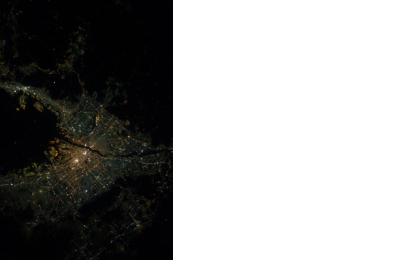United
Nations
Office for Outer Space Affairs
UN-SPIDER Knowledge Portal
Japan's next generation Earth Observation satellite ALOS-2 will be launched from Yoshinobu Launch Complex at the Tanegashima Space Center on 24 May 2014. It will be carried by the H-IIA Launch Vehicle No. 24.
ALOS-2 (Advanced Land Observation Satellite), is designed to support disaster monitoring for example by observing tsunamis and earthquakes. With its updated L-band Synthetic Aperture Radar (SAR), called PALSAR-2, ALOS-2 be capable of observing day and night, and in all weather conditions. The Japan Aerospace Exploration Agency points out: "The observation frequency of ALOS-2 will be improved by greatly expanding the observable range of the satellite up to about 3 times, through an improvement in observable areas (from 870km to 2,320km), as well as giving ALOS-2 a right-and-left looking function."
ALOS-2 will replace ALOS-1, which was launched in 2006 and provided relevant information regarding the 2011 earthquake and tsunami in Japan. ALOS-1, though still in orbit, has meanwhile been officially announced inoperable.
